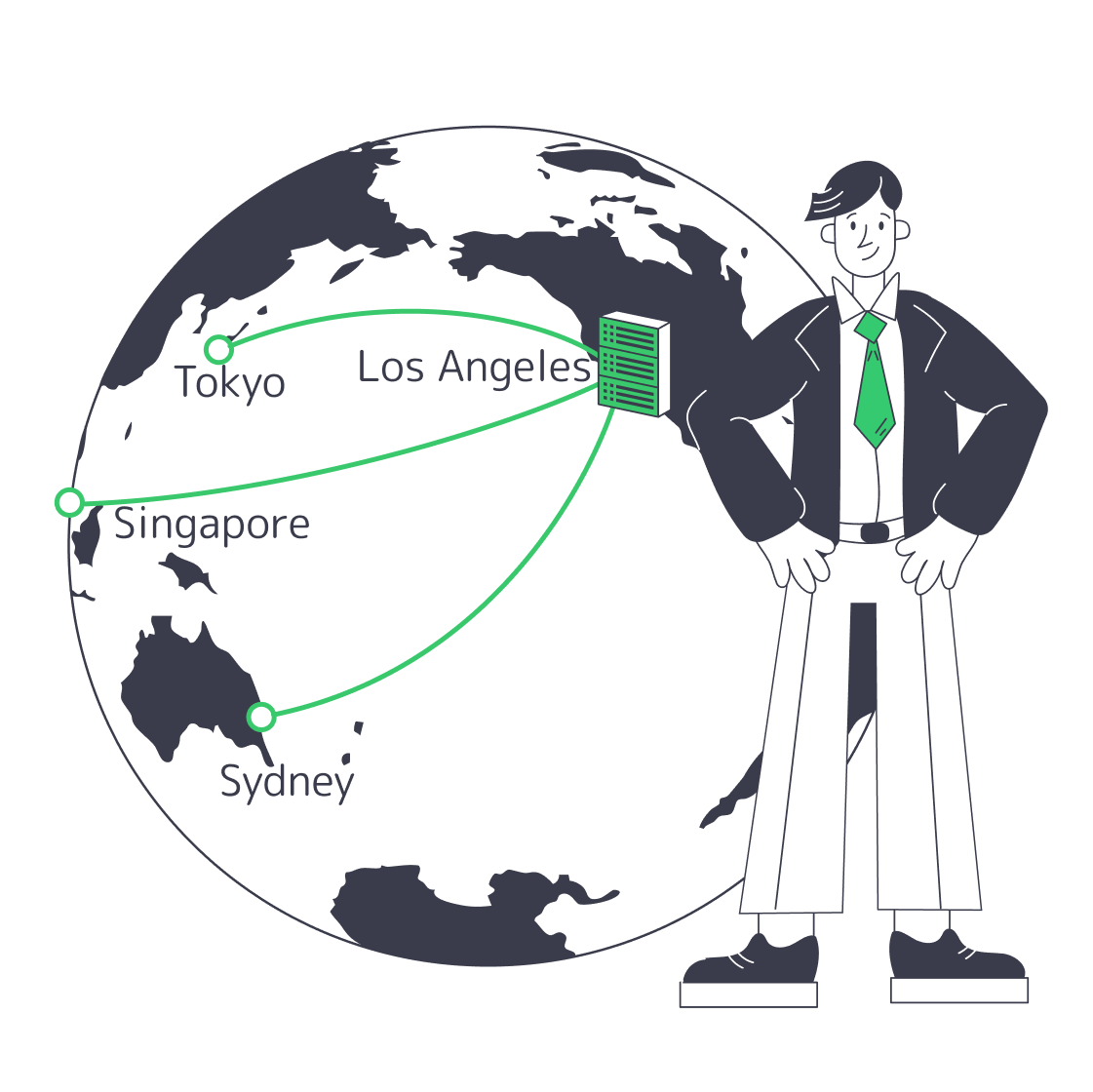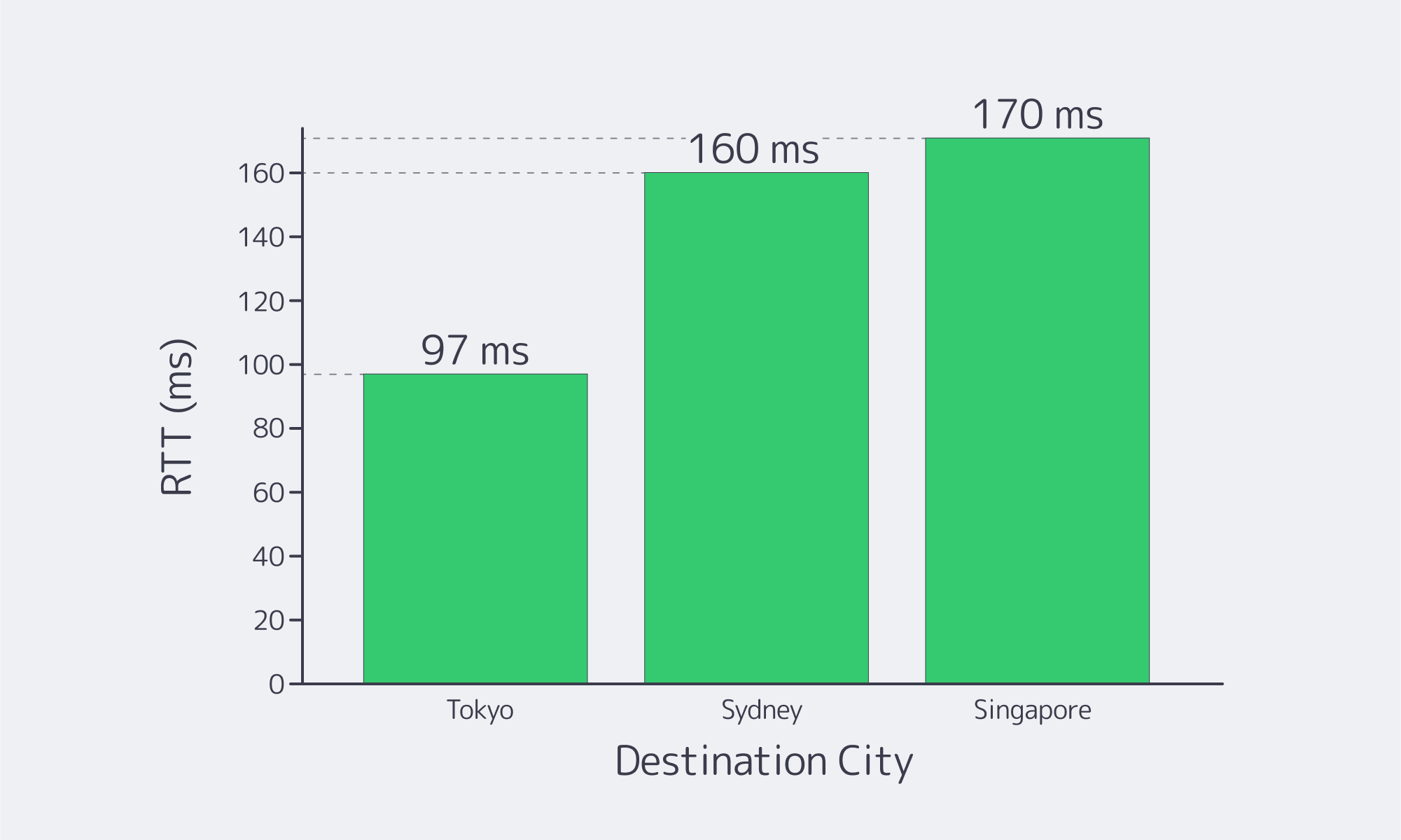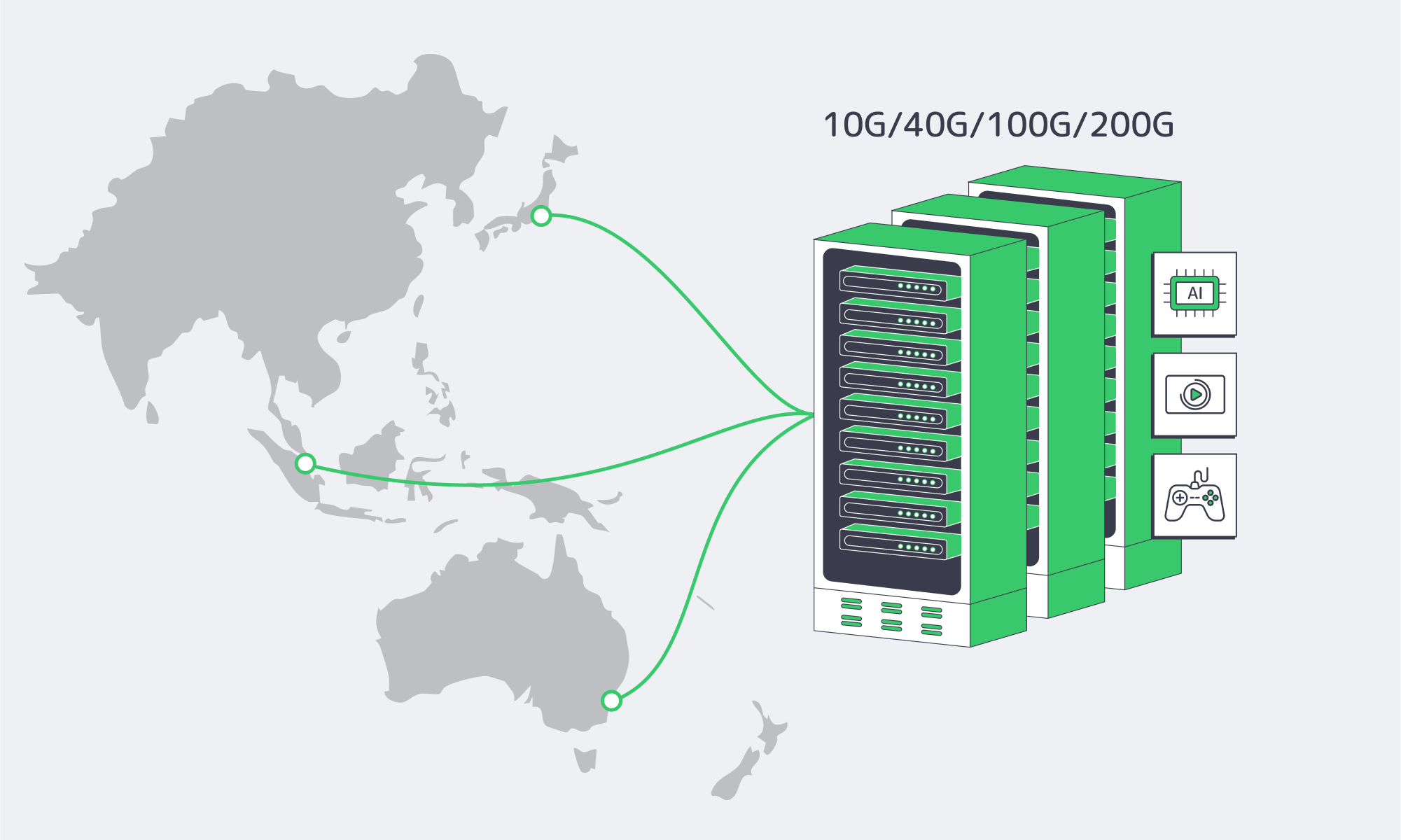Blog

LA Dedicated Servers: Low Latency and Tier III+ Resilience
Los Angeles (LA) remains a global media capital and serves as one of the internet’s major transpacific gateways. When you need dedicated infrastructure that serves both Asia-Pacific and North America with consistently low latency—and you want it in advanced, carrier-neutral Tier III+ data centers—Los Angeles should be on your shortlist. The three benefits we discuss below are strategic geography for global reach, a resilient data center fabric, and a next-generation, workload-driven ecosystem. And we base the tale, where appropriate, on the numbers that can be verified and local facility specialties.
Choose Melbicom— 50+ ready-to-go servers — Tier III-certified LA facility — 50+ PoP CDN across 6 continents |
 |
Why Does Dedicated Server Hosting in Los Angeles Reduce Latency across the Pacific?
LA is positioned at the convergence of the U.S. West Coast backbones as well as various Asia-facing submarine cable systems; therefore, it is quite natural to bridge continents through it. Downtown’s One Wilshire carrier hotel is known for exceptionally high interconnection density—carrier-neutral, with access to 200+ carriers and 300+ networks—and connectivity to transpacific cable landing points along the Southern California coast. Such proximity and closeness reduce hops and contribute towards keeping your traffic on quick and varied paths.
According to TeleGeography’s global map, Los Angeles is an important U.S. point of landing/aggregation of the Pacific, which proves its important place as an on-ramp to Japan, Southeast Asia, and Oceania. Concisely, packets that are produced in LA have a time advantage to APAC.
And how many milliseconds is that? On an optimized transpacific path (Unity), Los Angeles–Tokyo measures ~97 ms RTT router-to-router, while city-to-city measurements typically show ~160 ms to Sydney and ~170 ms to Singapore. The following are the latency budgets that you design around in case you host in LA.

Sources: Global Secure Layer (Unity cable latency matrix) and WonderNetwork global ping statistics. (globalsecurelayer.com)
The architectural bottom line here is that LA origin server/stateful application layer placement can save tens of milliseconds to the APAC user versus the inland or the East Coast deployment—and tens of milliseconds currently saved can be improved workloads in real time APIs, streaming, multiplayer, and trading.
When Should You Use a Dedicated Server in Los Angeles for Global Reach?
When one footprint must serve simultaneously West Coast U.S. and East Asia, then LA dedicated server is an effective approach to reduce tail latency with no multi-region complexity. Density of interconnects, as well as the closeness of the undersea, do the work.
What Does LA’s Data-Center Fabric Look Like Under the Hood?
Mega-hubs that are carrier neutral also enable cross‑connects and multi‑carrier routing and Tier III+ layouts now provide planned maintenance resiliency and availability. Tier III+ data centers are designed with a value of 99.982% of the availability at (1.6 hours yearly of unavailability) and allow maintenance without taking IT load offline when you are defaulting various manufacturing devices.
Melbicom’s Los Angeles facility is Tier III–certified, offers 60+ ready server configurations deployable in under two hours, and provides 1–200 Gbps per-server bandwidth.
Which Next‑Generation Workloads Benefit Most in Los Angeles?

Broadcasting and interactive media. Video is still the giant of the internet traffic. Cisco’s widely cited estimate projects that video will represent about 82% of consumer internet traffic—a trend indicator consistent with operators’ reports of an increase in video share and total volume. A cluster in LA can feed both West Coast audiences and transpacific edges while keeping origin fetches short.
Gaming, real-time co-operation and low-jitter messaging. The above RTTs justify the rationale behind having LA PoPs in several multiplayer titles and RTC systems. You shave dozens of milliseconds compared with inland footprints and reduce congestion risk by staying on-net through well-peered West Coast routes.
CDN‑assisted architectures. LA is an excellent location to have global delivery where it functions as an origin hub that serves edges along the Pacific. For teams that prefer a single-vendor path, Melbicom’s global CDN spans 50+ PoPs and integrates cleanly with LA-hosted origins to reduce cache-fill time and keep delivery costs predictable.
How Does LA Help with West Coast Scaling Challenges?
Latency budgets. In cases of pushing the interactivity or long-tail VOD, each 10-30 ms saved to the APAC markets counts. Hosting in LA places your origin close to transpacific cable landings and dense meet-me rooms, decreasing RTT and path variance.
Data gravity and egress economics. Keeping origin stores or hot caches in Los Angeles reduces cross-region round-trips for West Coast users and fetches to Asia, and with the right interconnect mix you can balance cloud egress via private paths and IX peering.
Operational resilience. Tier III redundancy provides N+1 power and cooling, enables maintenance without downtime, and reduces the blast radius of routine changes. Combine that with a series of upstreams and IX peers in order to avoid last-mile incidents.
Here Are the Main Lessons that Should Lead to Your Deployment
- Begin where your packets need to start. LA leads across transpacific routes and dense carrier hotels which provide approximately 100-170 ms RTT to key APAC centres and outstanding performance on the West Coast of the USA.
- Choose Tier III+ data centers. Yet you desire maintenance‑without‑downtime and 99.982% production tiers design availability.
- Become a hub, interconnecting point in LA. Use CDN footprint in combination with LA origins to speed up with the cache fills and decrease the last-mile variation.
- Tune bandwidth to the workload. For media, gaming, and inference, prioritize providers that offer per-server bandwidth in the hundreds of Gbps and multi-carrier routes. The advertised LAX1 of Melbicom supports 1-200 Gbps/server.
- Think ahead to hybrid. The carrier‑neutral facilities in L.A. make it easy to have interconnects with major clouds in the case you require bursting or splitting tiers.
Where Should You Build Next?

As long as APAC expansion or tightening West Coast’s performance are a part of your roadmap, it will be reasonable to take a step forward with a Los Angeles dedicated server footprint. You get milliseconds to count on, in Tier III facilities that include profound carrier selection and access to transpacific cables. LA provides your origins and APIs with an edge over competitors in streaming and interactive workloads, where video accounts for ~82% of consumer internet traffic.
In the case of a team intending to deploy systems with multi-nodes, LA gives leverage to operation as well: the cross-connects are simple, the patterns of redundancy are known and understood, and there is ample capacity to scale bandwidth off-the-shelf, without re‑architecting the stack. In that case, the addition of edges or secondary regions is a linear task — it is not a re-architecture.
Deploy in Los Angeles today
Launch high‑performance dedicated servers in LA with Tier III reliability, 1–200 Gbps bandwidth, and rapid provisioning in under 2 hours.